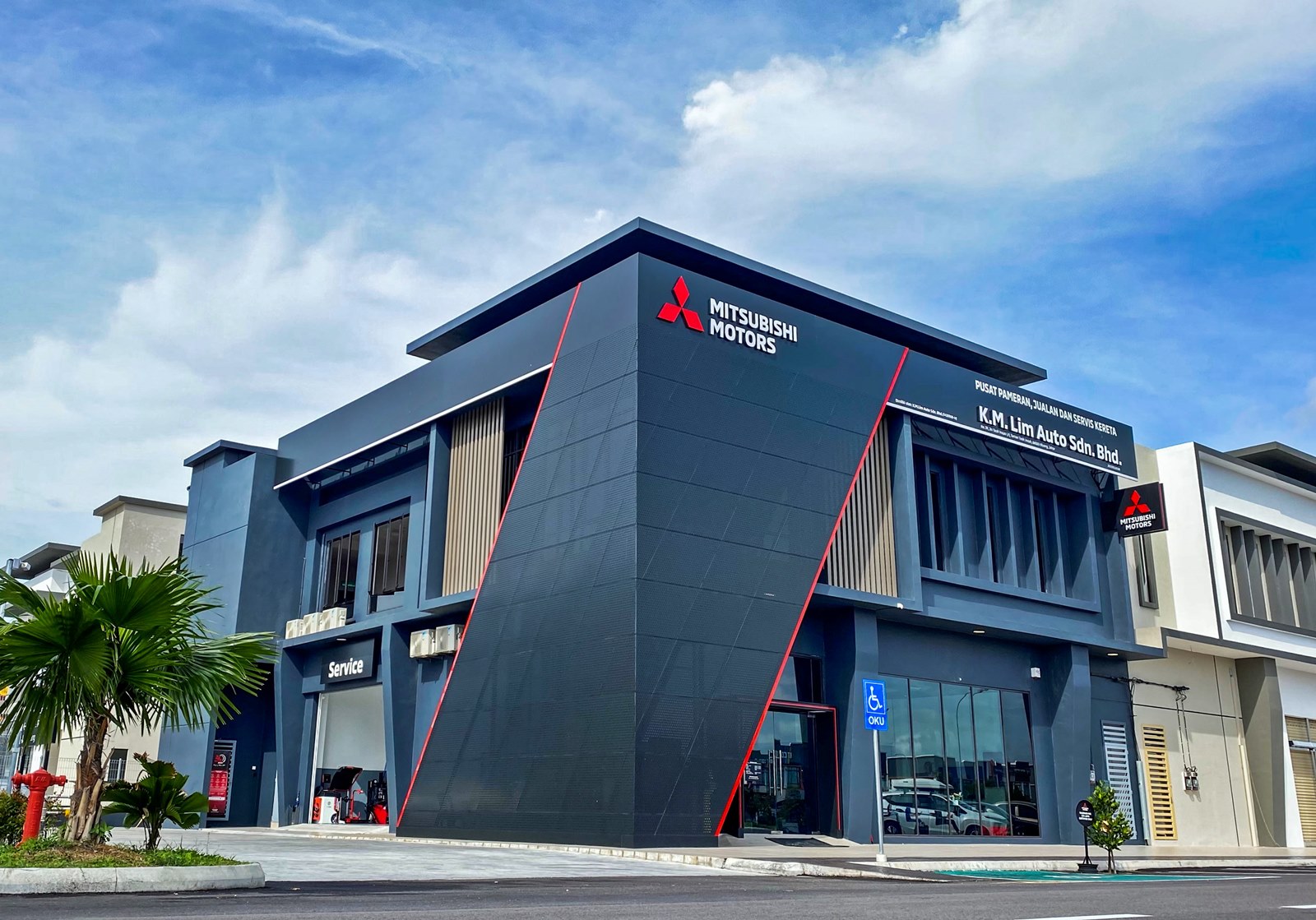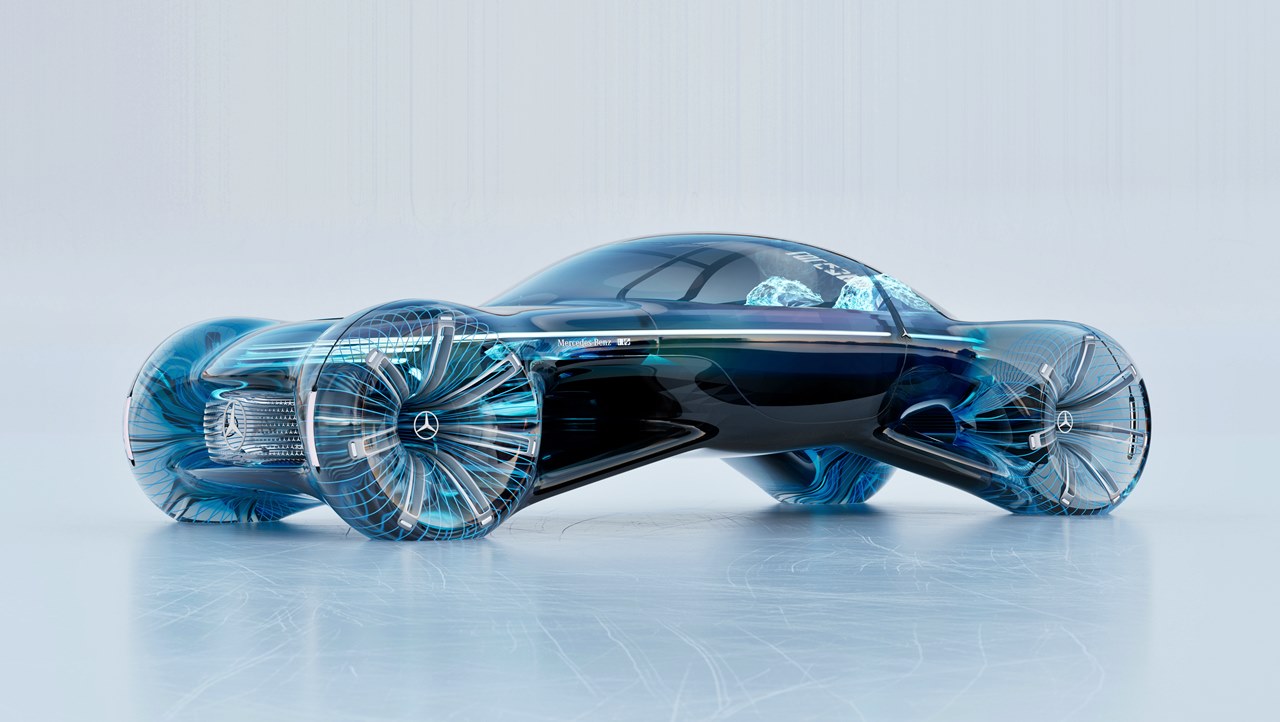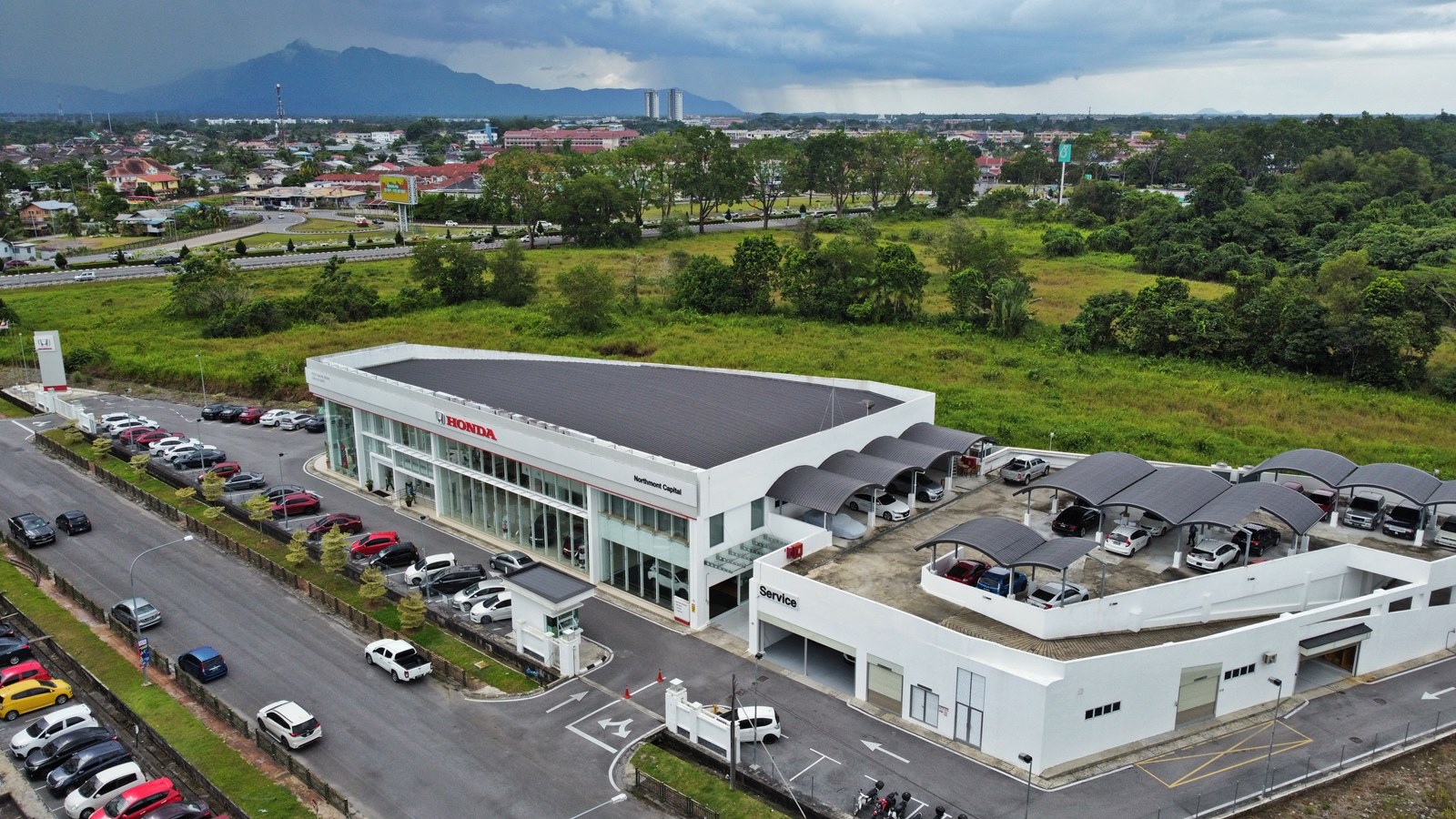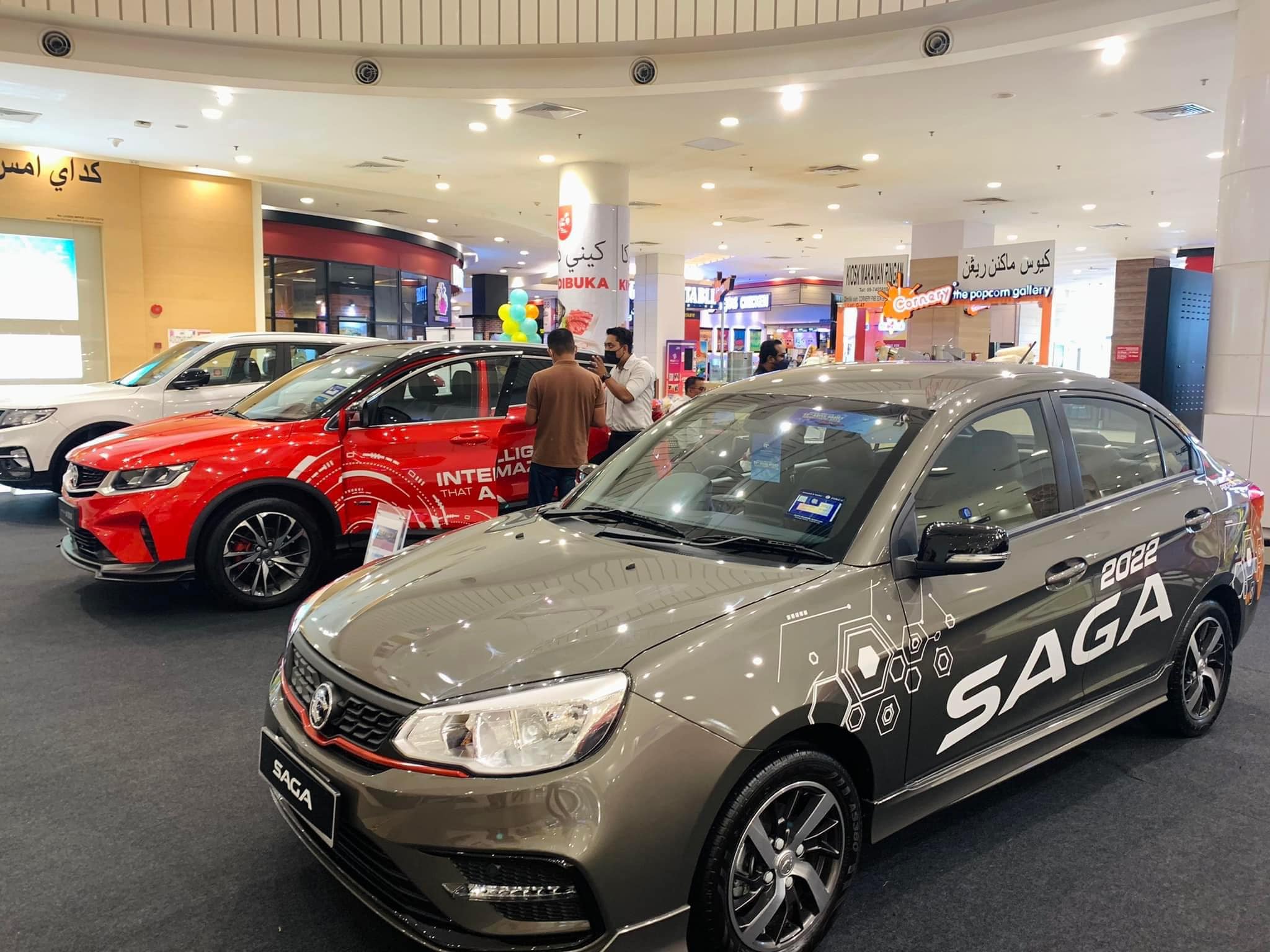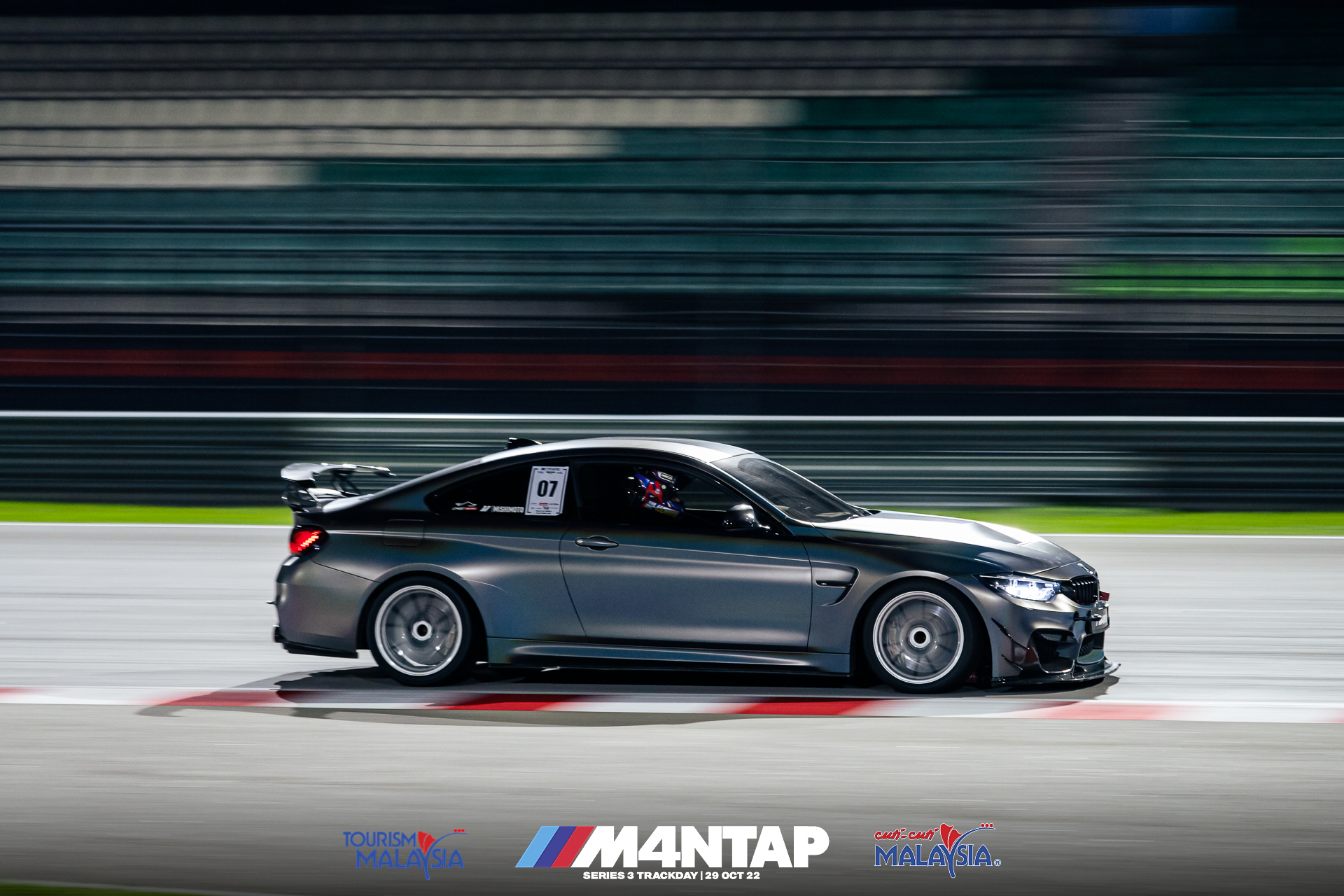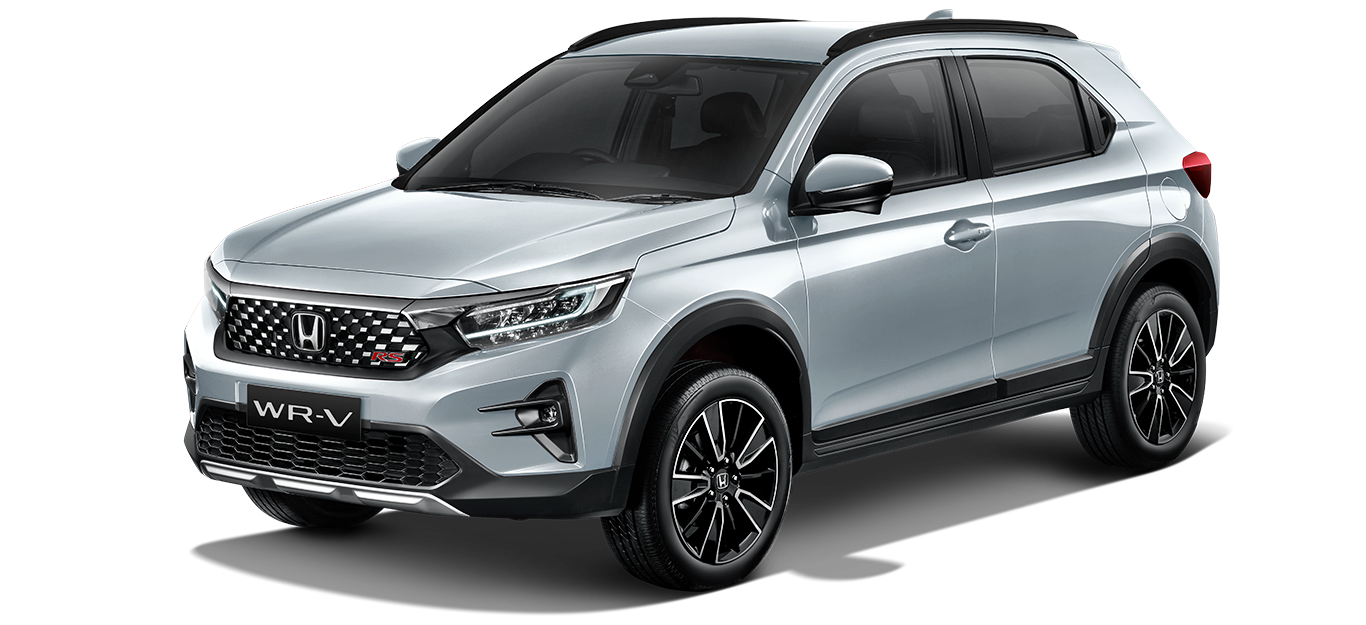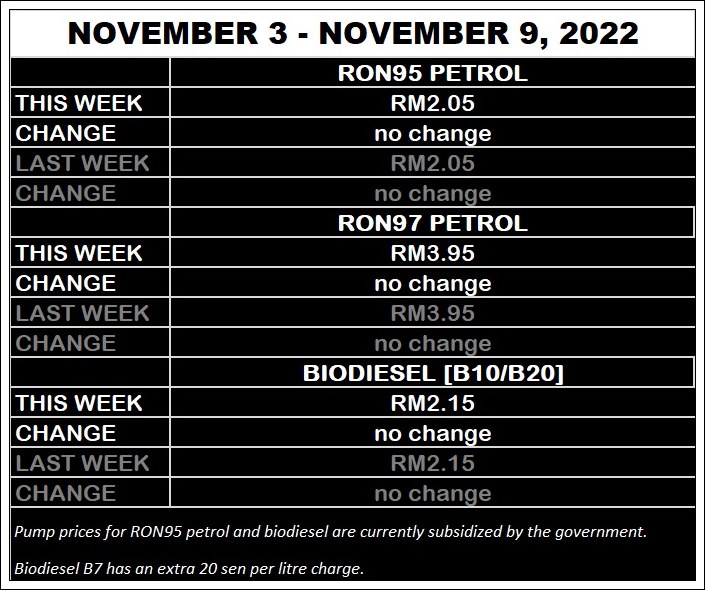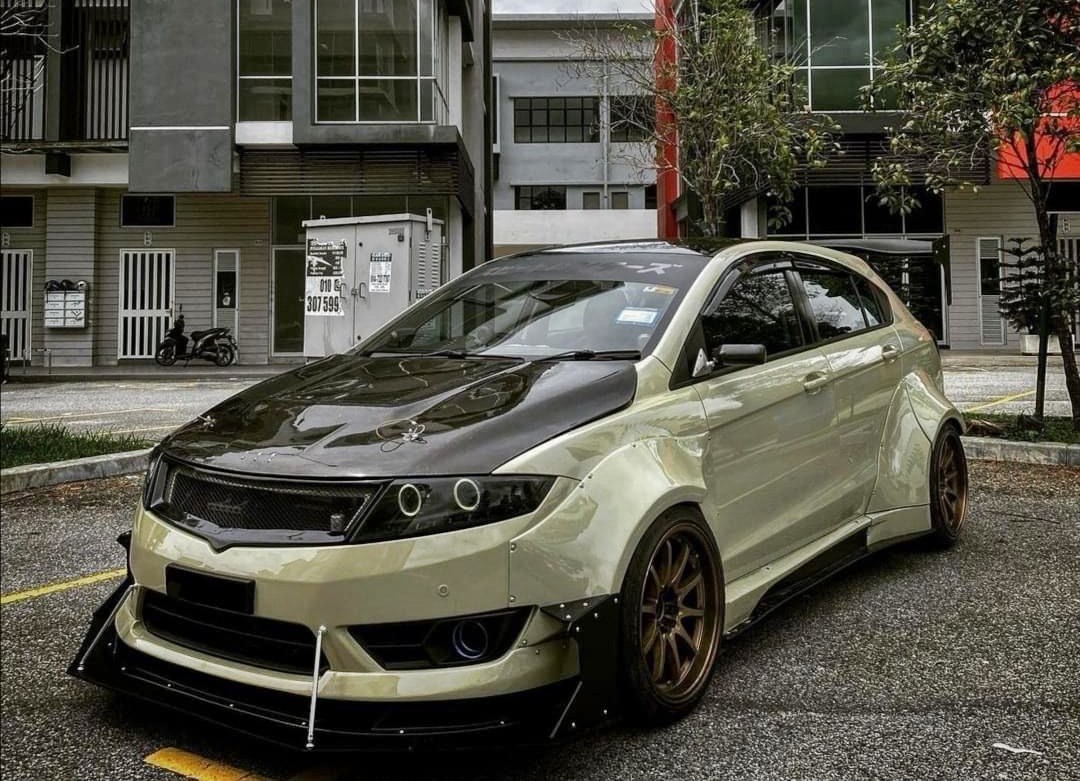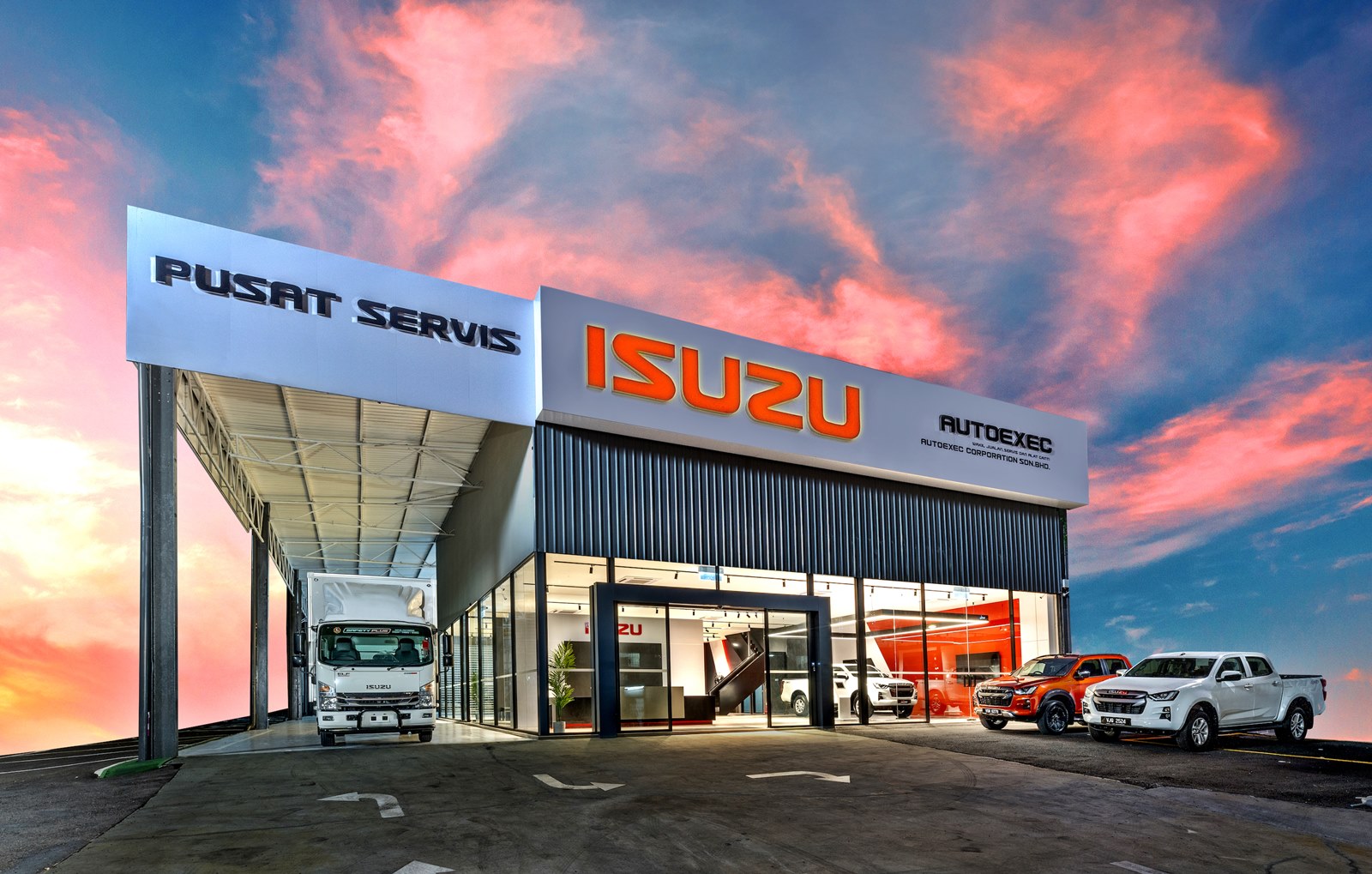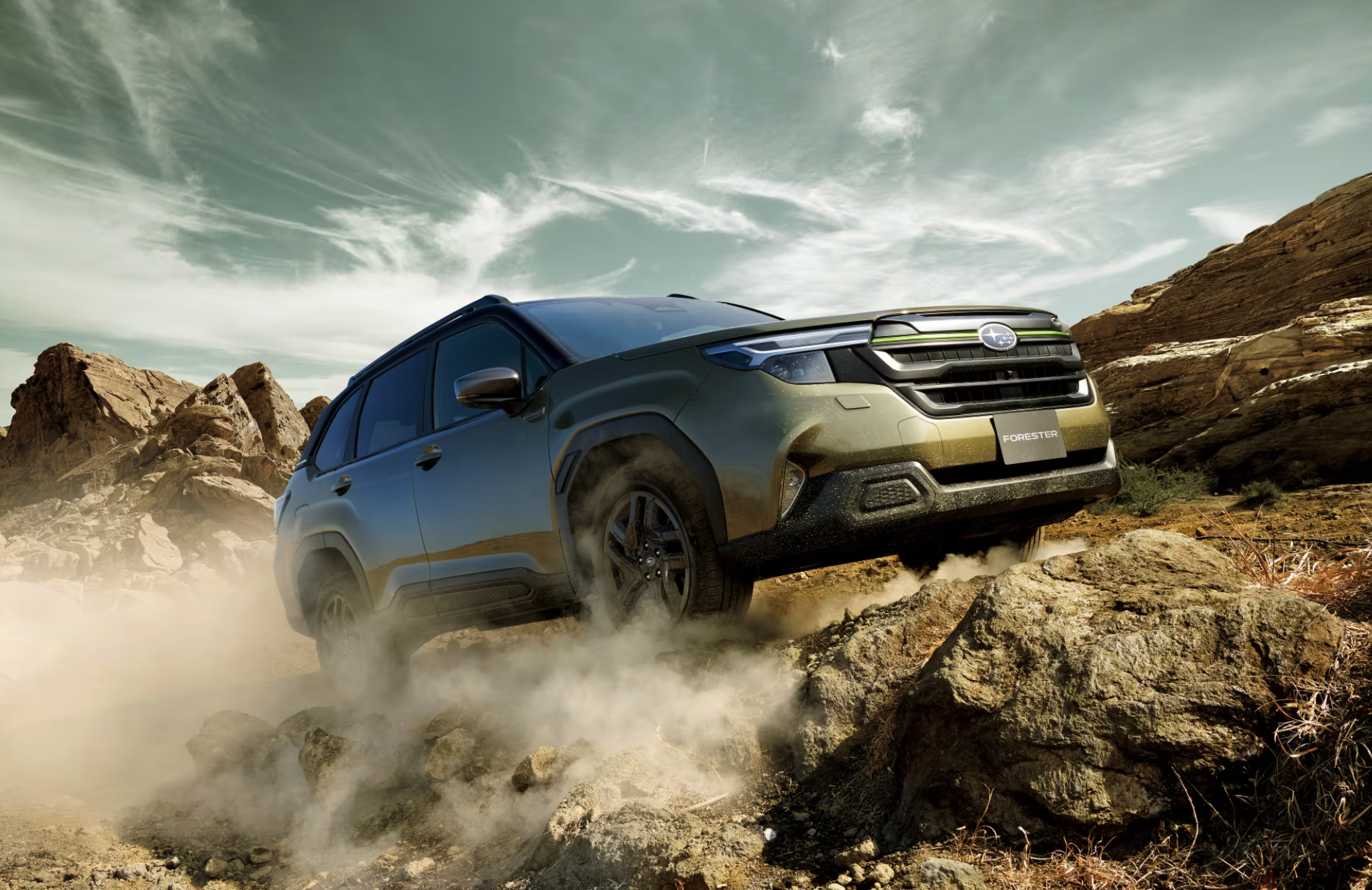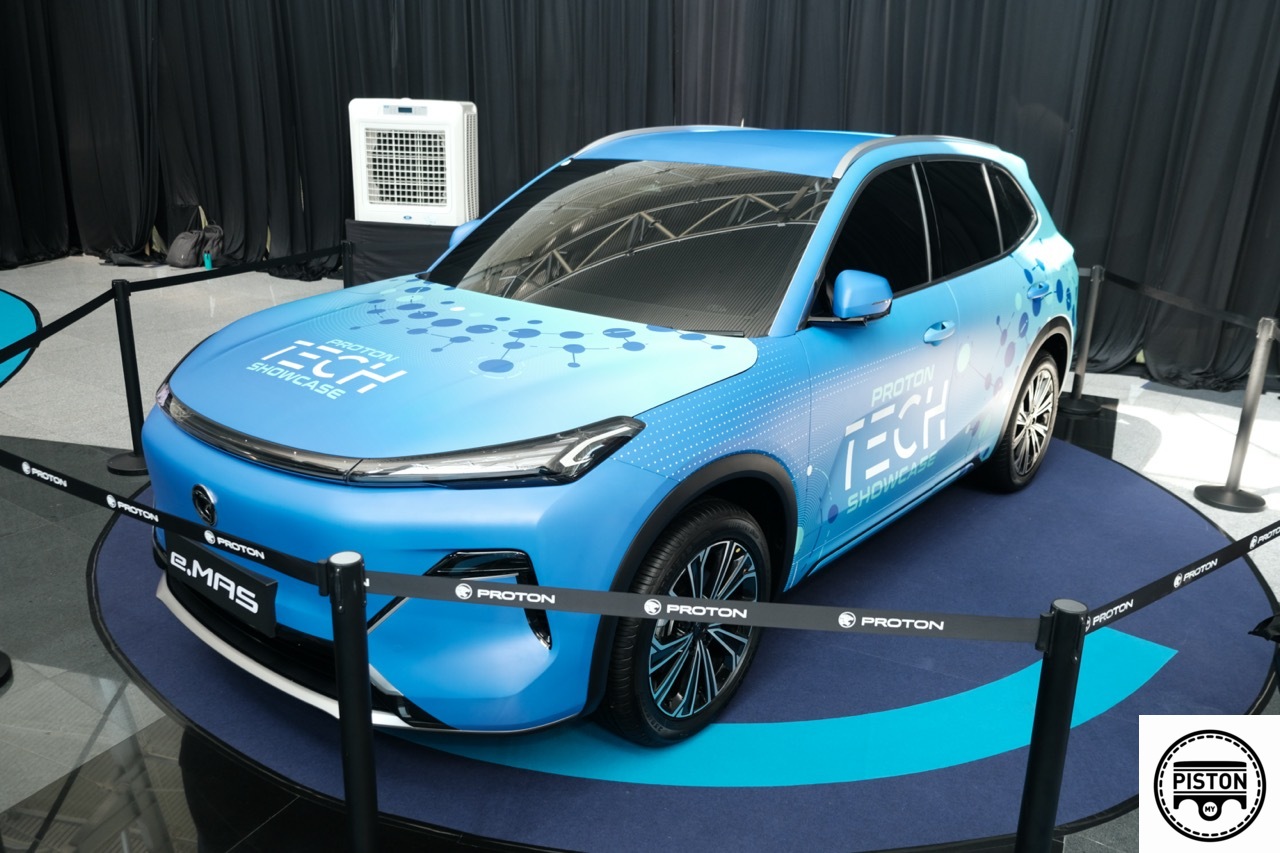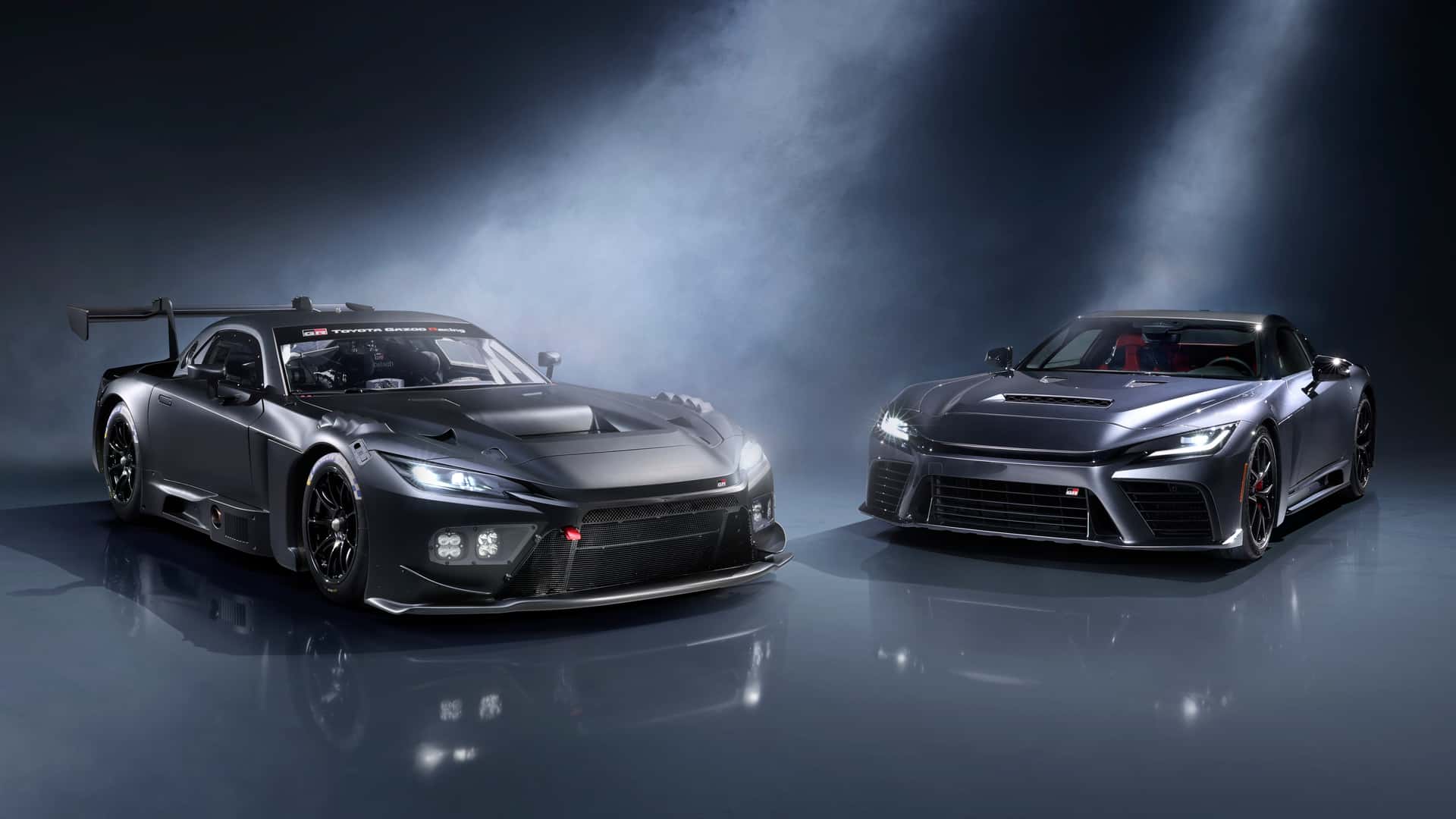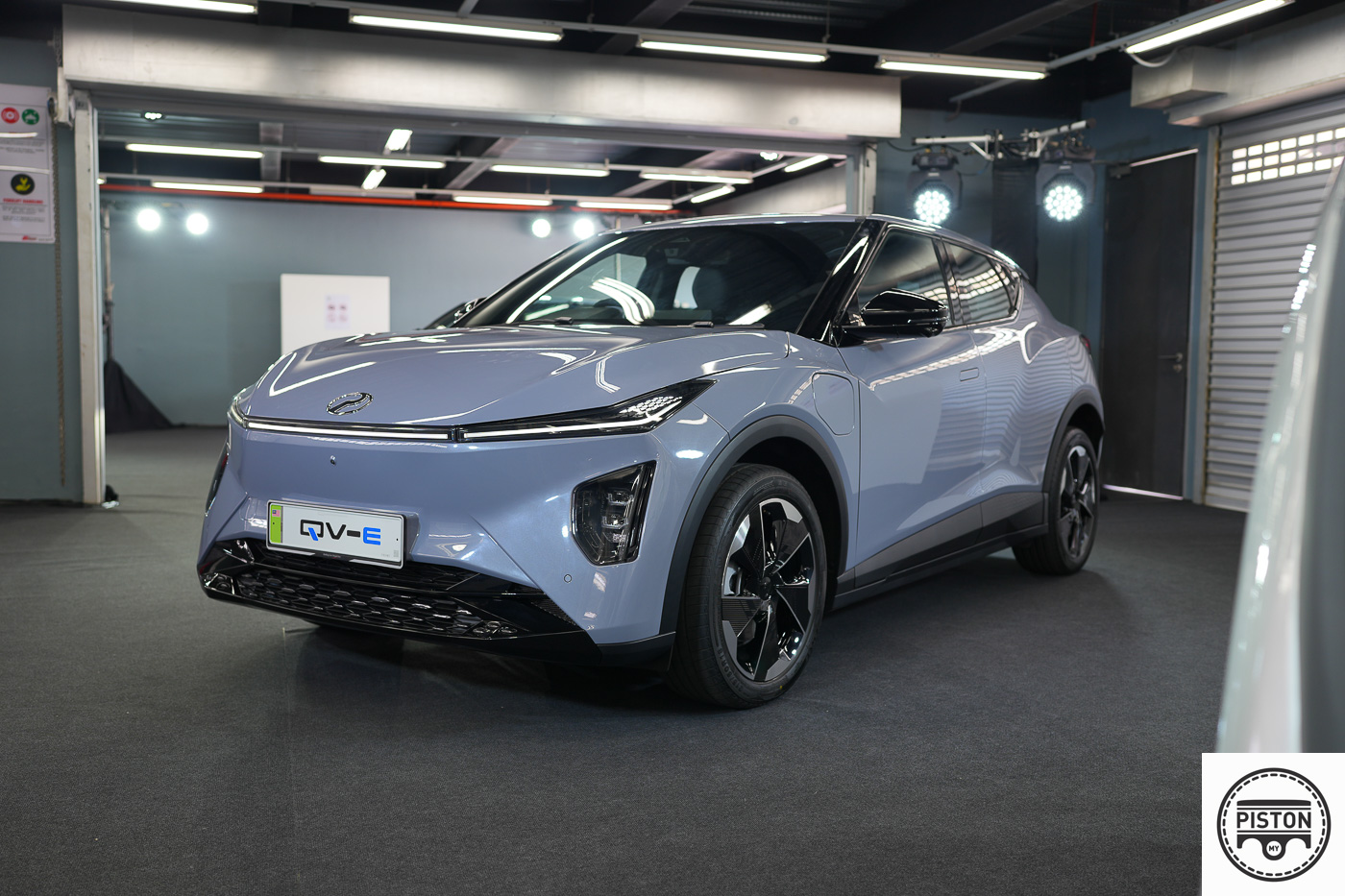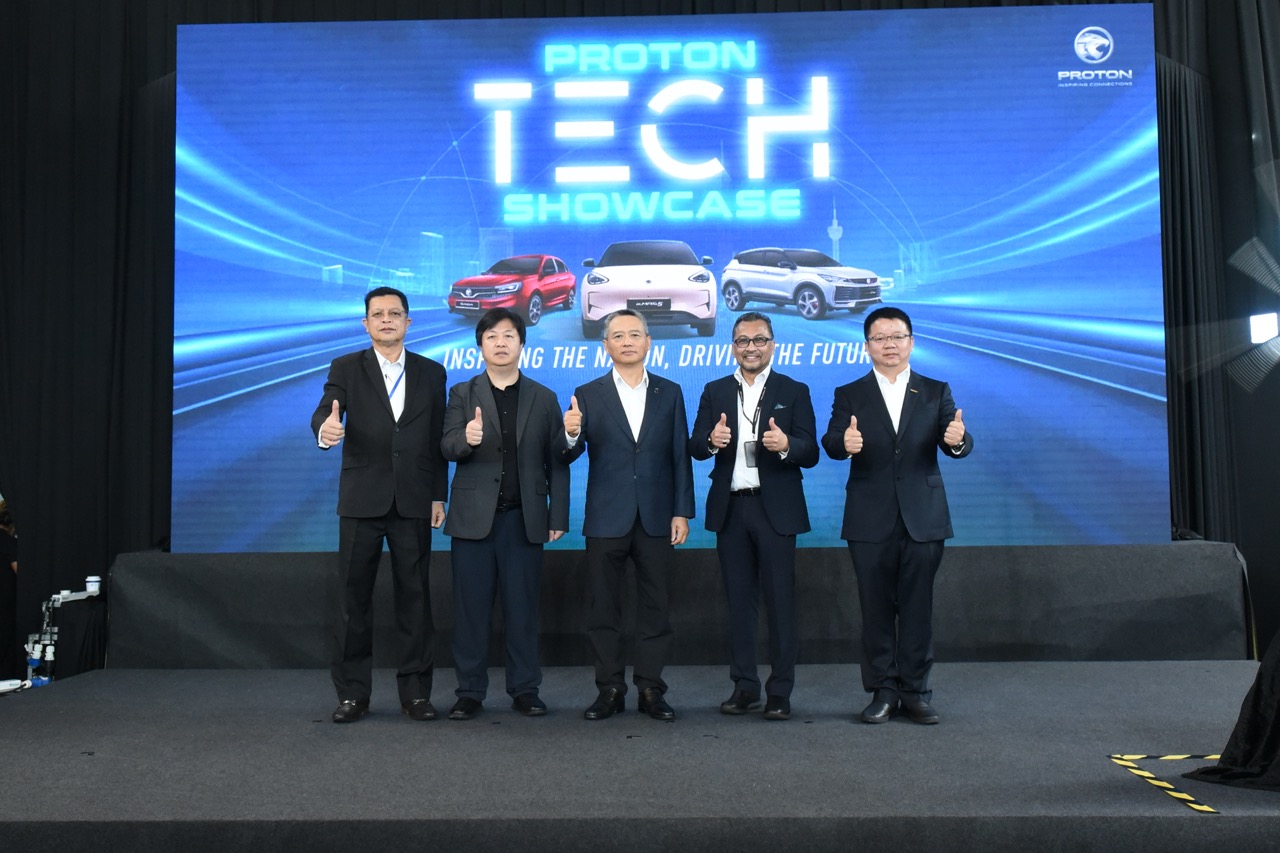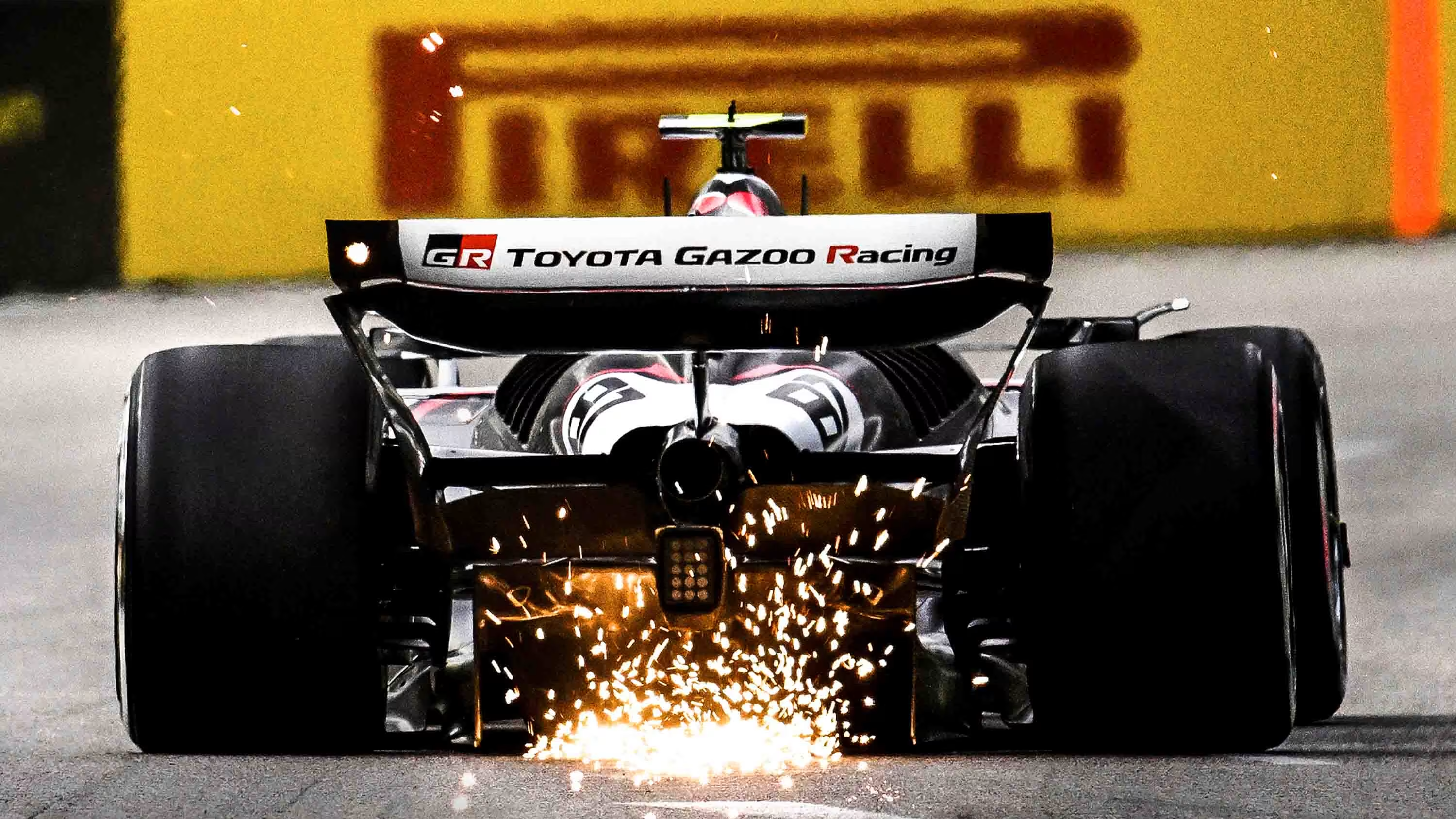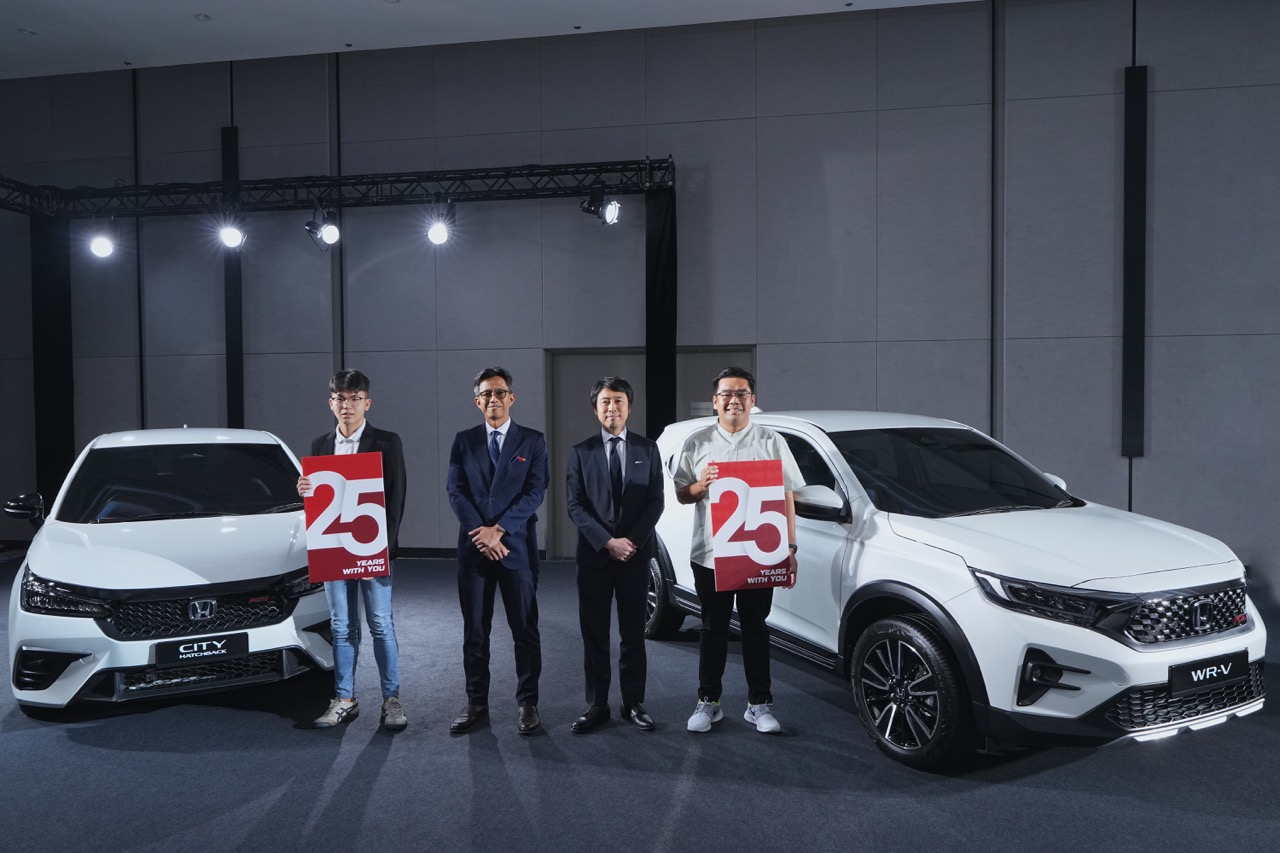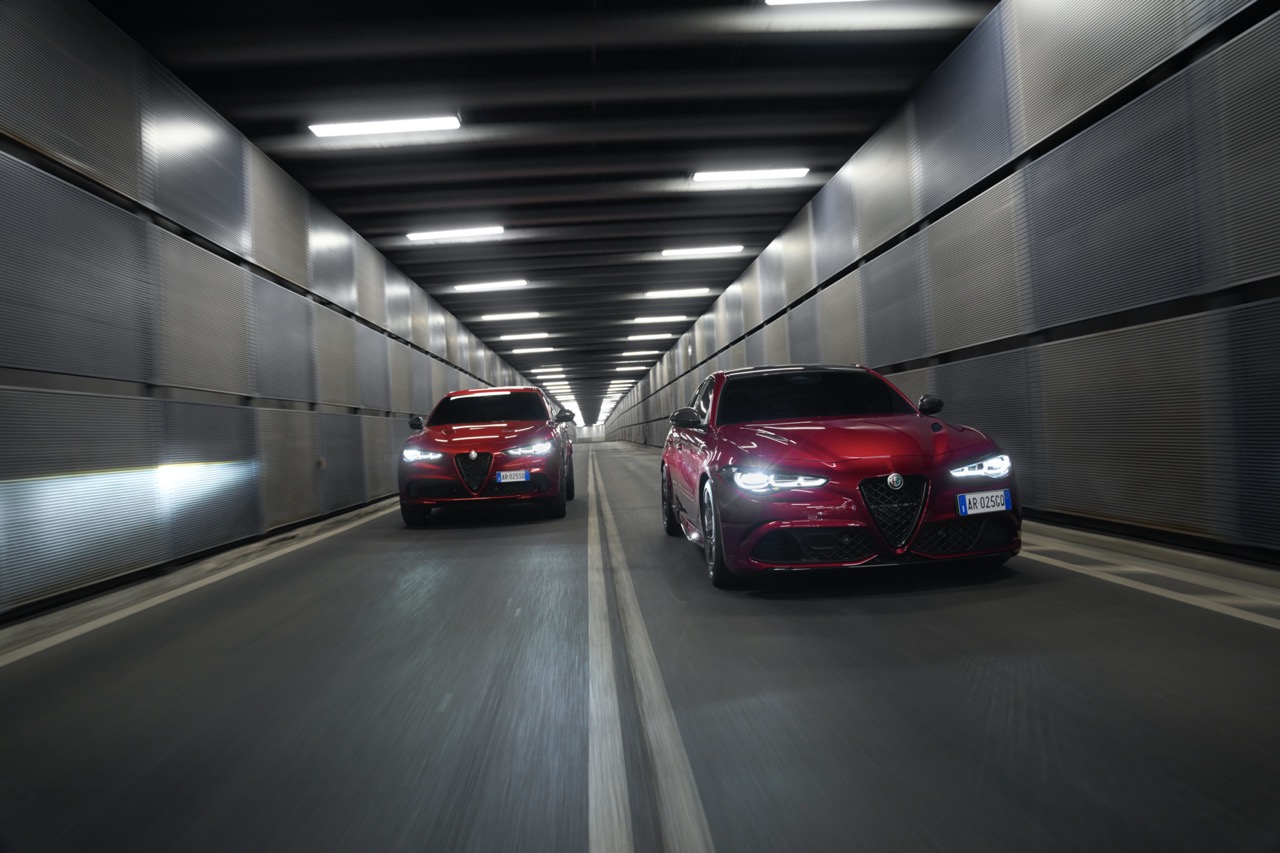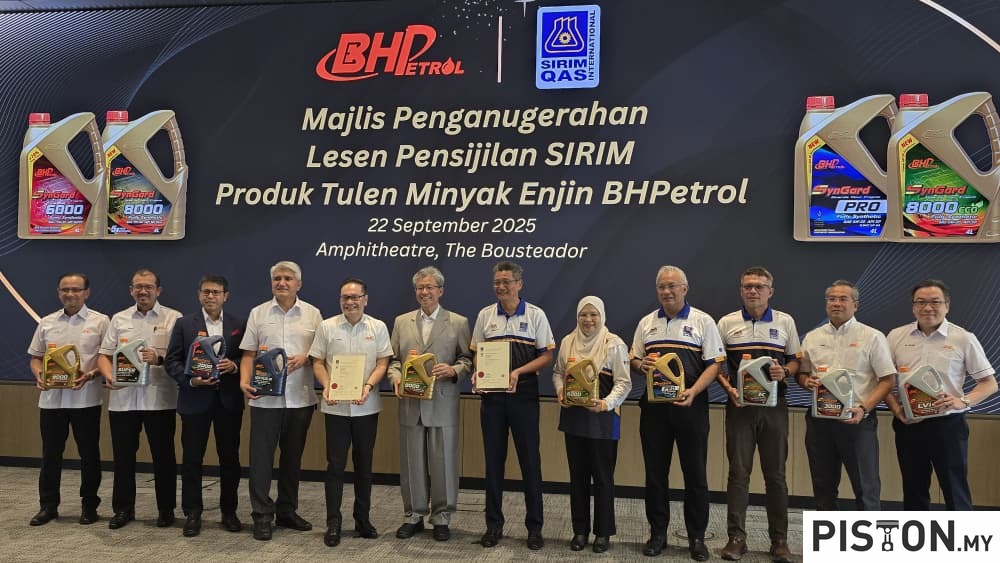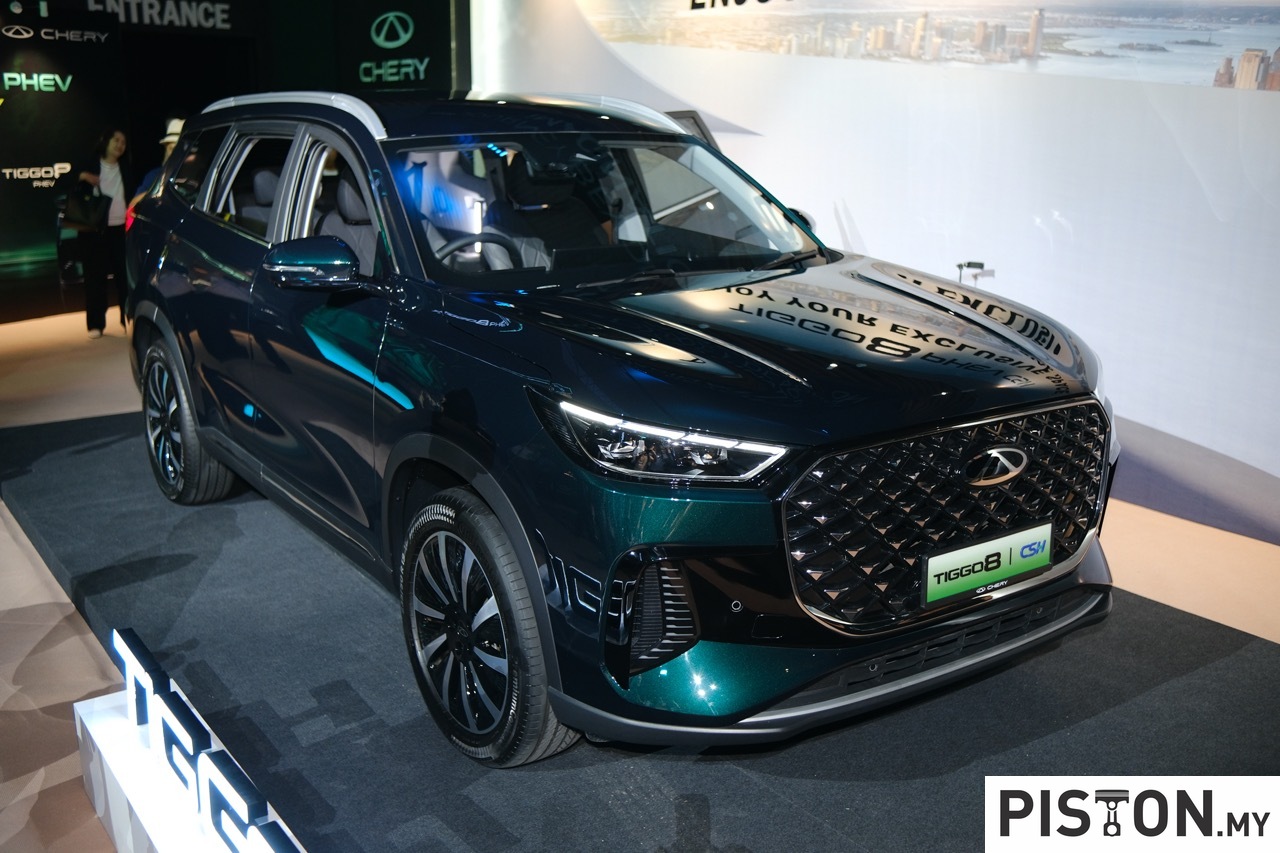Mitsubishi owners in Kluang, Johor, now have a more convenient location to go to when they need aftersales services or to purchase their next Mitsubishi vehicle. A new Mitsubishi Motors 3S Centre (Sales, Service & Spare parts) operated by K.M. Lim Auto Sdn Bhd has opened in Taman Tasik Indah to serve the surrounding areas.
The new dealership brings the number of outlets in Johor to seven. Nationwide, the Mitsubishi Motors brand is represented by 55 outlets (out of which 50 are 3S Centres) and 56 service centres. In East Malaysia, there are 14 showrooms (7 in Sarawak and 7 in Sabah).
(more…)
